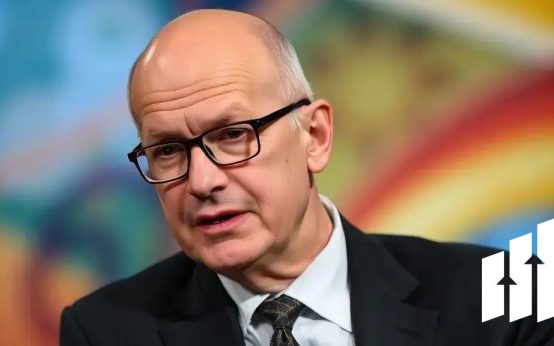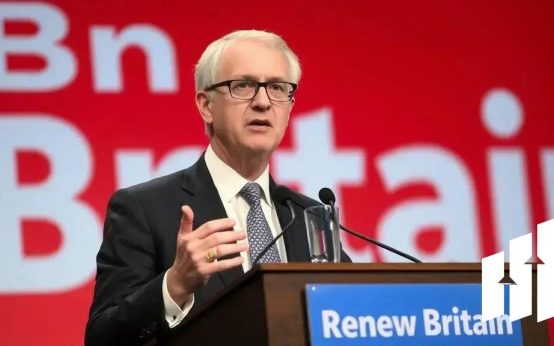Stablecoins are digital currencies designed to maintain a stable value, primarily linked to tangible assets like the US dollar. They enhance payment systems by facilitating quicker transactions and lowering fees, making them appealing for both consumers and businesses. Regulation is crucial for ensuring user protection and security in stablecoin transactions. As adoption grows, stablecoins may increasingly be used for everyday purchases, shaping the future of finance by integrating digital currency into daily life.
The world of finance is changing fast. Stablecoins are becoming a popular choice for payments. They blend the stability of traditional money with the benefits of digital currencies. This makes transactions faster and safer.
What Are Stablecoins?
Stablecoins are digital currencies that aim to keep their value steady. Unlike Bitcoin, which can rise and fall quickly, stablecoins are linked to real-world assets, like the US dollar. This helps people feel secure when using them.
Why Use Stablecoins?
Using stablecoins can make payments easier for everyone. They allow for quick transfers without the long waits typical of banks. Plus, users can send money at lower costs, which benefits both businesses and consumers.
The Role of Regulation
As the use of stablecoins grows, being regulated is key. Rules need to be clear to protect users. The Bank of England is discussing how to create a safe environment for people using stablecoins.
Future Trends
Looking ahead, stablecoins could revolutionize payment systems. We may see more companies accepting them for everyday purchases. This could lead to a shift in how we think about money and transactions.
In a world that’s going digital, stablecoins are positioned to play a key role in the future of payments. It’s exciting to think about how these digital currencies can change our buying habits.
Conclusion
In conclusion, stablecoins represent a significant shift in how we think about money and payments. They offer a reliable and efficient way to handle transactions in our increasingly digital world. As more businesses and consumers adopt stablecoins, we can expect to see faster payments and lower costs.
Furthermore, the importance of regulation cannot be overlooked. With clear guidelines, users will feel more secure using these digital currencies. The future of payments is bright, and stablecoins are leading the way to make financial transactions more accessible and convenient for everyone.
FAQ – Frequently Asked Questions about Stablecoins and Payment Systems
What are stablecoins?
Stablecoins are digital currencies designed to maintain a stable value, often linked to traditional assets like the US dollar.
How do stablecoins improve payment systems?
Stablecoins allow for faster transactions and lower fees compared to traditional banking methods, making payments more efficient.
Why is regulation important for stablecoins?
Regulation helps protect users by ensuring transparency and security in transactions involving stablecoins.
Can stablecoins be used for everyday purchases?
Yes, as adoption grows, many businesses are starting to accept stablecoins for everyday transactions.
What challenges do stablecoins face?
Challenges include regulatory uncertainty, potential security risks, and the need for broader acceptance among users and merchants.
What is the future of stablecoins in finance?
The future is promising, as stablecoins may reshape how we conduct transactions, making them more accessible and integrated into daily life.


 Miran Highlights Dual Goals of Fed and Interest Rate Outlook
Miran Highlights Dual Goals of Fed and Interest Rate Outlook  Are You a Robot? Unusual Activity Detected on Bloomberg
Are You a Robot? Unusual Activity Detected on Bloomberg  Keir Starmer Leads Business Delegation to India for Trade Pact
Keir Starmer Leads Business Delegation to India for Trade Pact  Takaichi Appoints Ex-Finance Minister as Secretary General of LDP
Takaichi Appoints Ex-Finance Minister as Secretary General of LDP  Argentina Continues Dollar Sales Amid Weakened Peso Crisis
Argentina Continues Dollar Sales Amid Weakened Peso Crisis  White House Calls on Democrats to Resolve Ongoing Government Shutdown
White House Calls on Democrats to Resolve Ongoing Government Shutdown